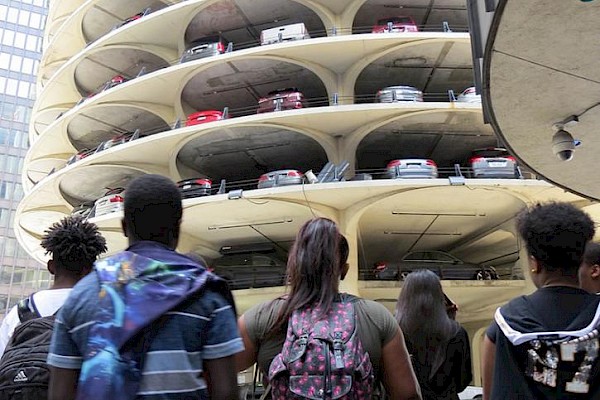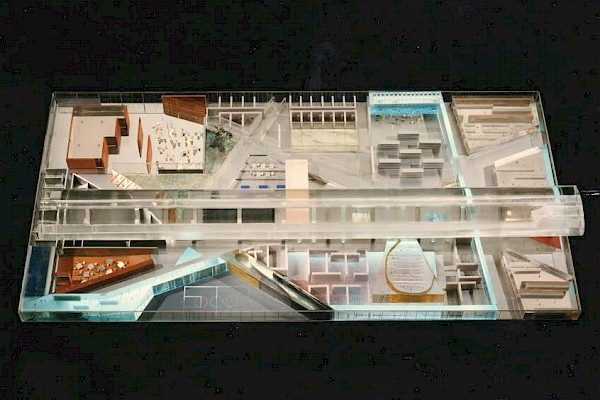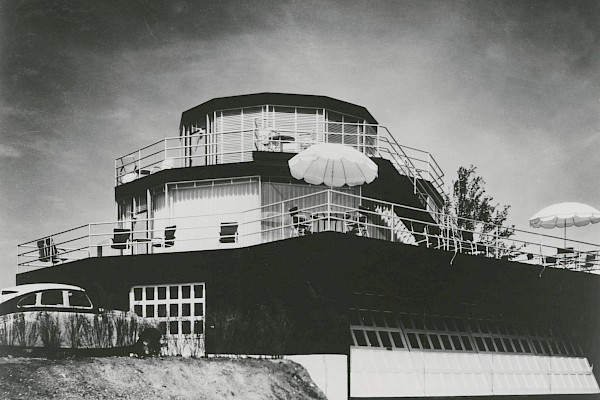A studio named “Cinematic Architecture,” and a workshop series entitled MASTERcrit reflect some of the projects undertaken by students of architecture at the University of Wisconsin-Milwaukee School of Architecture and Urban Planning. Led by Associate Professor Jasmine Benyamin, the work at the Biennial illustrates the range of educational outcomes at the only School of Architecture in the state of Wisconsin.
The “Cinematic Architecture” studio - initiated in the Spring of 2015 and reprised in 2016 - reconceived film as a design methodology that harnesses spatial, temporal and sonic materiality. Students adopted media practices at varying scales and modalities, deploying specifically filmic operations: A series of exercises centered simultaneously on close readings of key theoretical texts and cinematic operations of shot/counter shot/track/pan that culminated in proposals for an aquatic center at the edge of the Milwaukee river.
If tectonics is typically defined in relation to structure and material, the students were asked: what are the moments of tectonic change, overlap and transformation at the river’s edge? Can the lifecycles of sites mirror the phase changes of water from ice to steam?
MASTERcrit was also inaugurated in 2015 as a hybrid series of events that encompassed lectures, critiques and a charrette. Modeled on the traditional notion of a “Master Class” the workshop enlisted the best graduating students from the school.
In this third iteration, architect Jürgen Mayer H. was invited as the 2017 MASTERcritic, following MOS in 2015 and Andrew Zago in 2016. As in previous years, Mayer was tasked with presenting a project brief to the charrette team, which reflected a current pre-occupation in his discursive production. Students in turn were asked to produce artifacts that manifested their responses.
The 2017 brief entitled “Together Whenever” addressed new live/work scenarios enabled by the sharing economy. Using Mies van der Rohe’s 860/880 Lakeshore Drive Apartments as an “operative” historical precedent, this installation presents student work that re-imagines sharing within the framework of new housing scenarios.
For more information, please visit http://uwm.edu/sarup/





